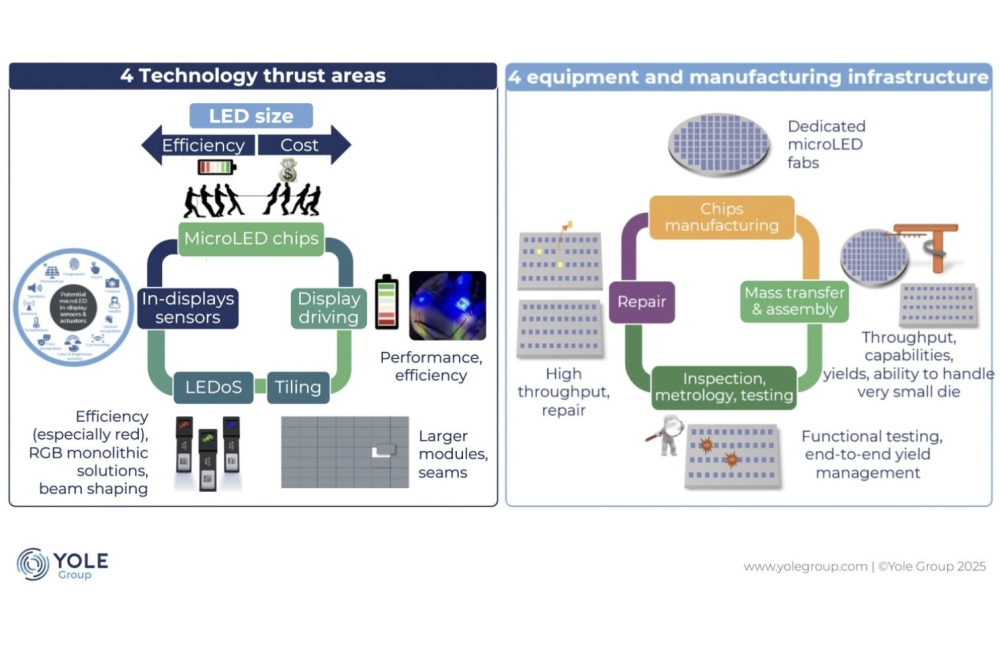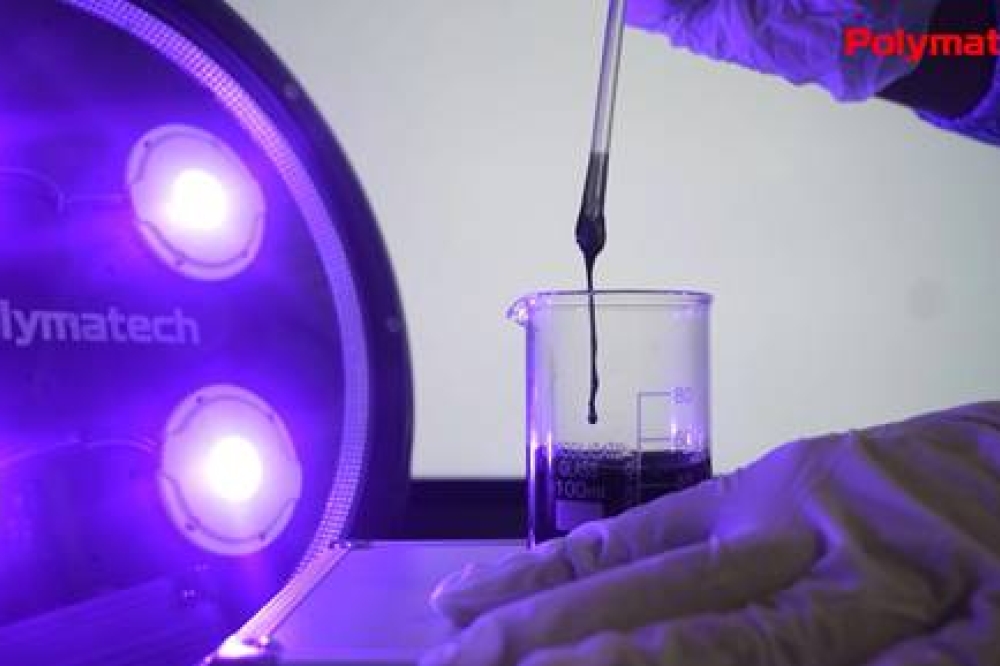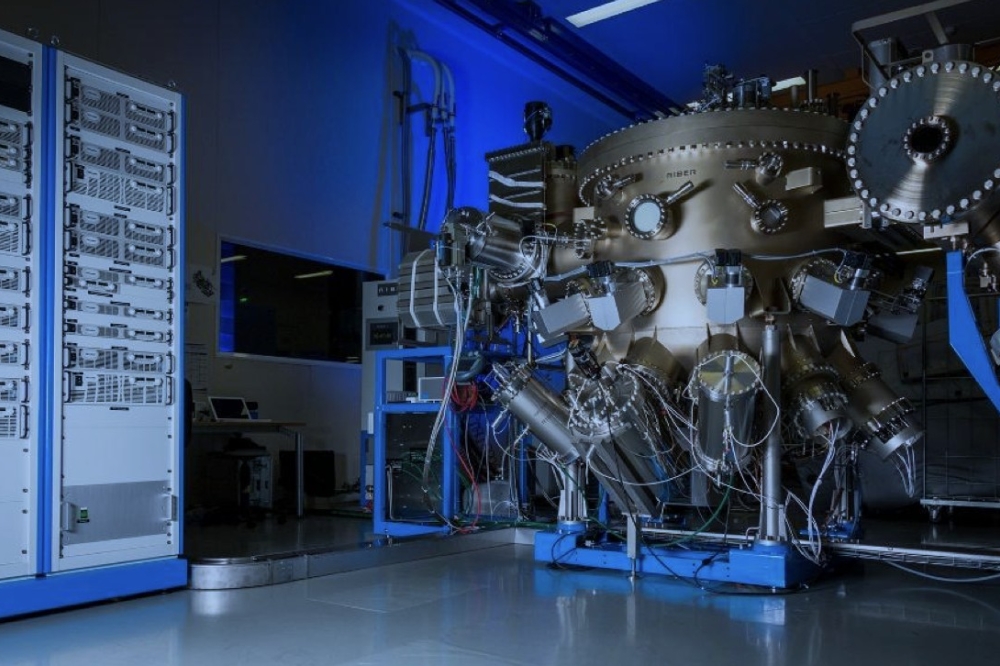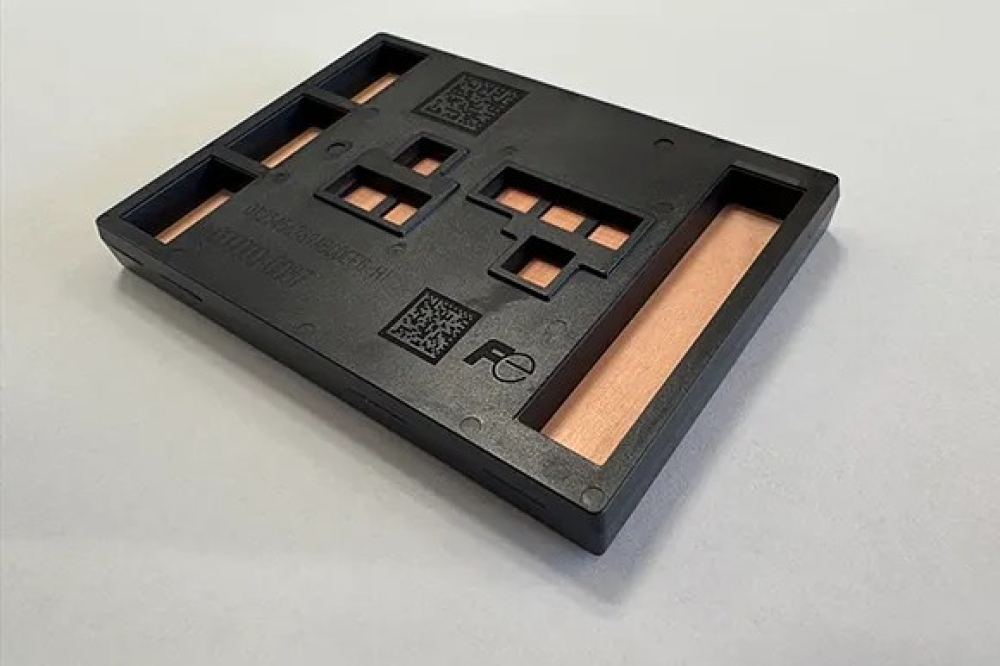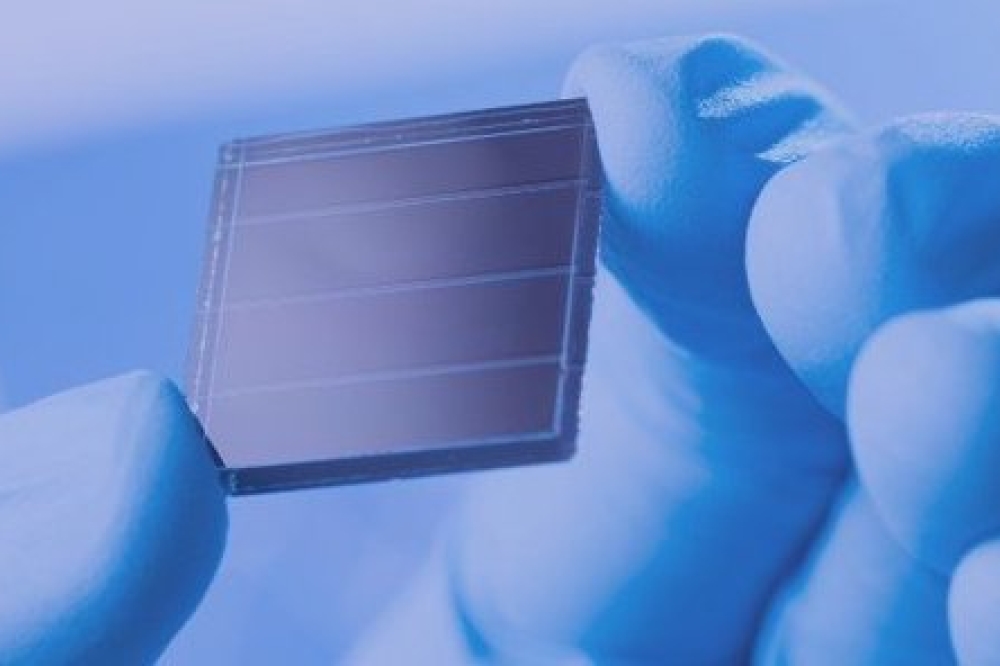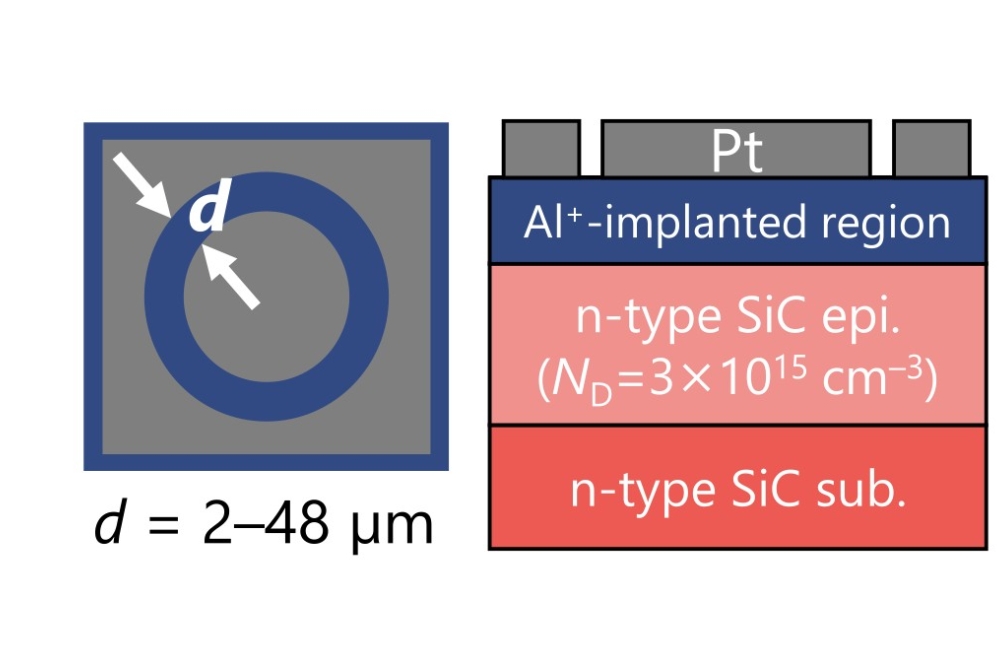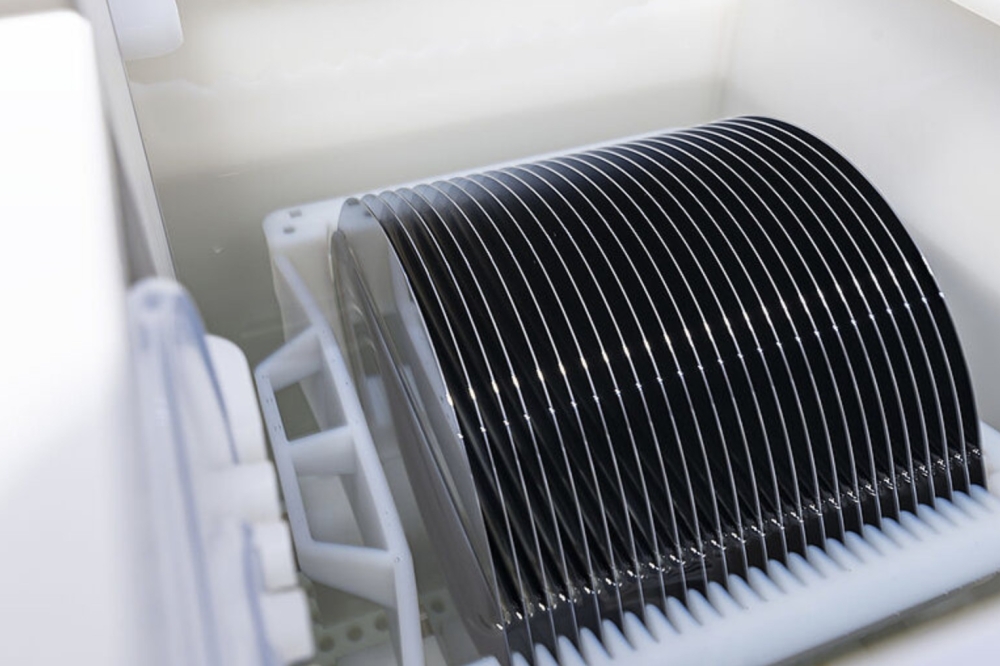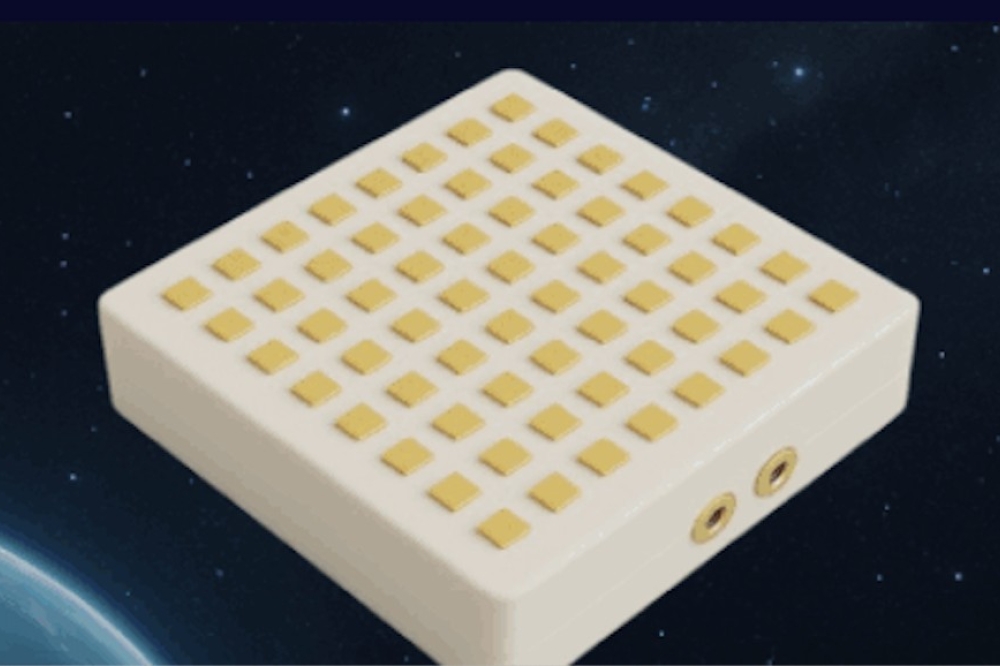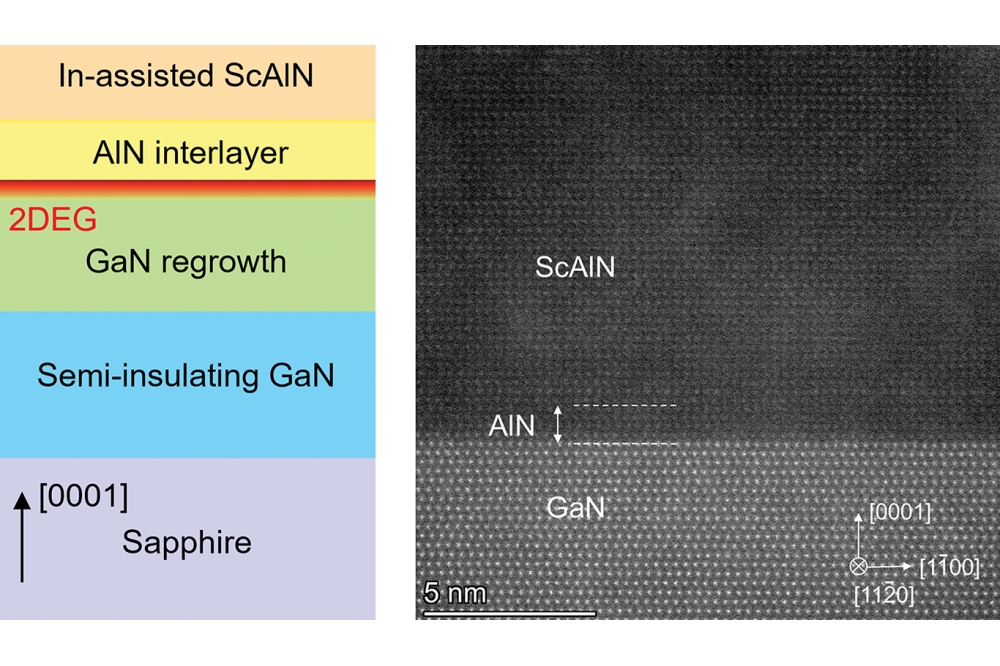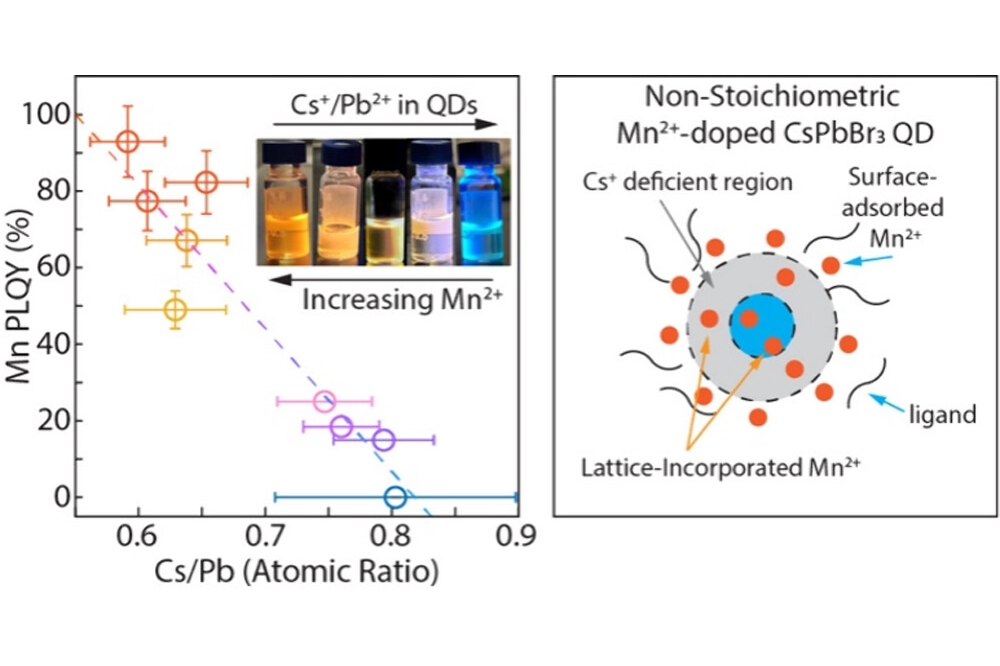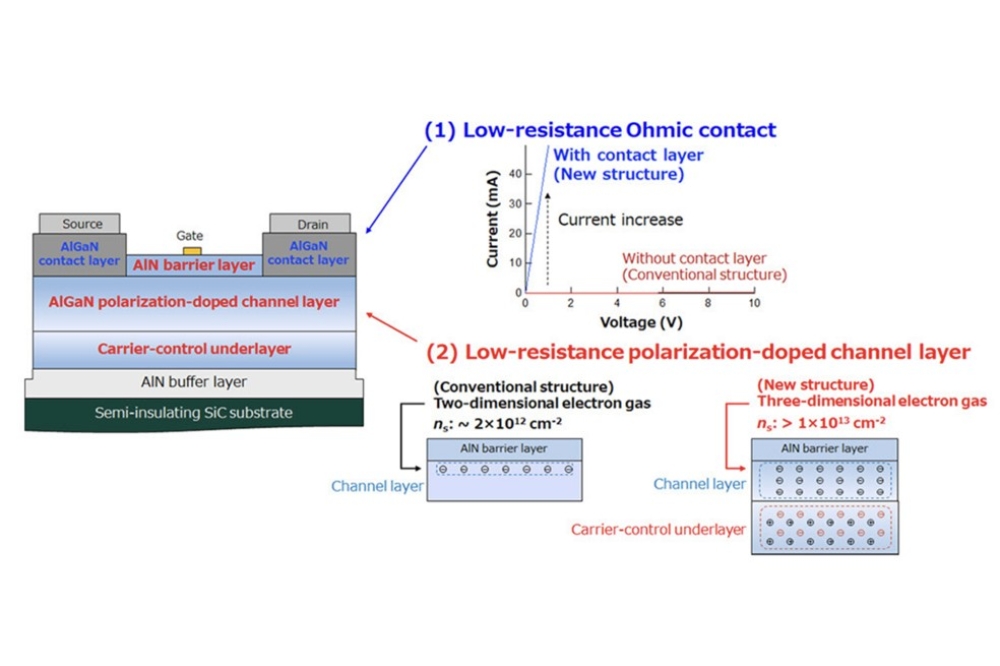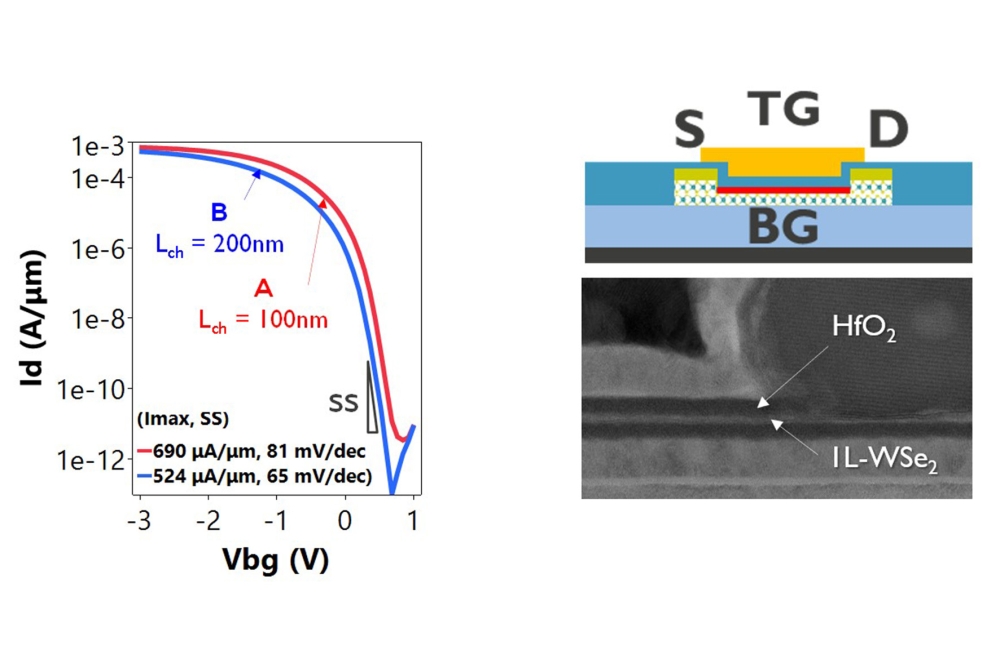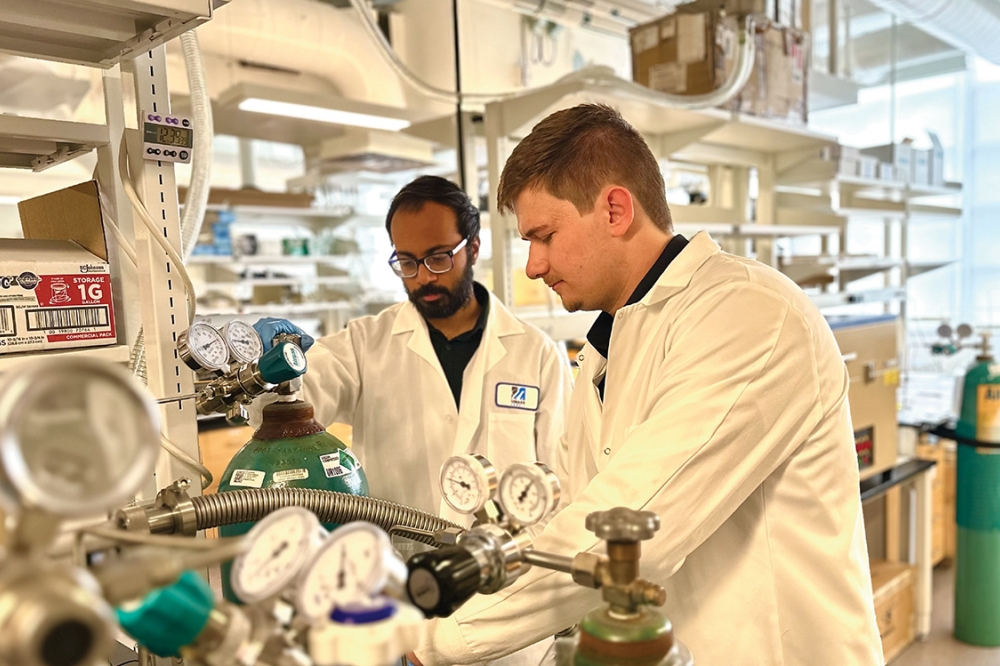Scientists boost perovskite PV lifetime by 66%
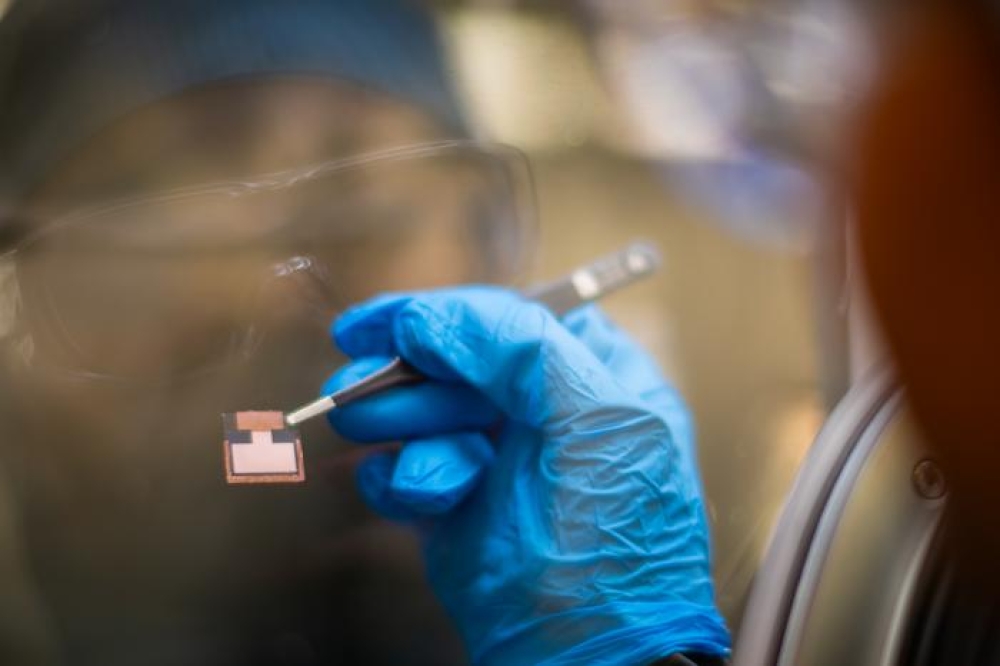
An international team led by the University of Surrey with Imperial College London have identified a strategy to improve both the performance and stability for solar cells made out of perovskite by mitigating a previously hidden degradation pathway.
In a new study published in Energy and Environmental Science, Surrey's Advanced Technology Institute (ATI) details how they, together with their collaborators, were able to produce lead-tin perovskite solar cells that reach more than 23 percent power conversion efficiency (PCE) – one of the best results achieved with this material and importantly, a design strategy which improves the lifetime of these devices by 66 percent.
Perovskite/silicon solar panels are enow merging on the market, with fully 'all-perovskite' panels with even higher efficiencies being anticipated to be the next big step with the technology. However, for this technology to be commercially viable, scientists need to tackle the challenge of improving both the stability and efficiency, especially around the lead-tin perovskite cell used in this design.
This collaborative study initiated by the University of Surrey identifies previously hidden mechanisms that contribute to both efficiency and stability losses and addresses these challenges, helping the scientific community to advance this technology.
Hashini Perera, PhD student and lead author of the study from the Advanced Technology Institute at the University of Surrey, said:
"The understanding we have developed from this work has allowed us to identify a strategy that improves the efficiency and extends the operational lifetime of these devices when exposed to ambient conditions. This advancement is a major step towards high efficiency, long-lasting solar panels which will give more people access to affordable clean energy while reducing the reliance on fossil fuels and global carbon emissions.”
To achieve these improvements, the research team focused on understanding the efficiency and stability losses induced by the hole transport layer which plays an important role in the solar cell performance. They introduced an iodine-reducing agent to inhibit the chemical reactions that cause the cells to degrade over time. This approach not only increased the efficiency of the lead-tin solar cells but also extended their lifespan, making them more practical and cost-effective for long-term use.
Imalka Jayawardena, co-author of the study from Advanced Technology Institute at the University of Surrey, said: "By significantly enhancing the efficiency of our perovskite-based solar cells, we are moving closer to producing cheaper and more sustainable solar panels. We are already working on refining these materials, processes and the device architecture to tackle the remaining challenges.
Ravi Silva, Director of the Advanced Technology Institute at the University of Surrey, said: “This research brings us closer to panels that not only generate more power over their lifetime but are also longer lasting. Greater efficiency and fewer replacements mean more green energy with less waste. The University of Surrey are in the process of building a 12.5MW solar farm, where we can test some of these modules. We’re confident that our innovative perovskite research will accelerate the widespread commercial adoption of perovskite-based solar panels.”

